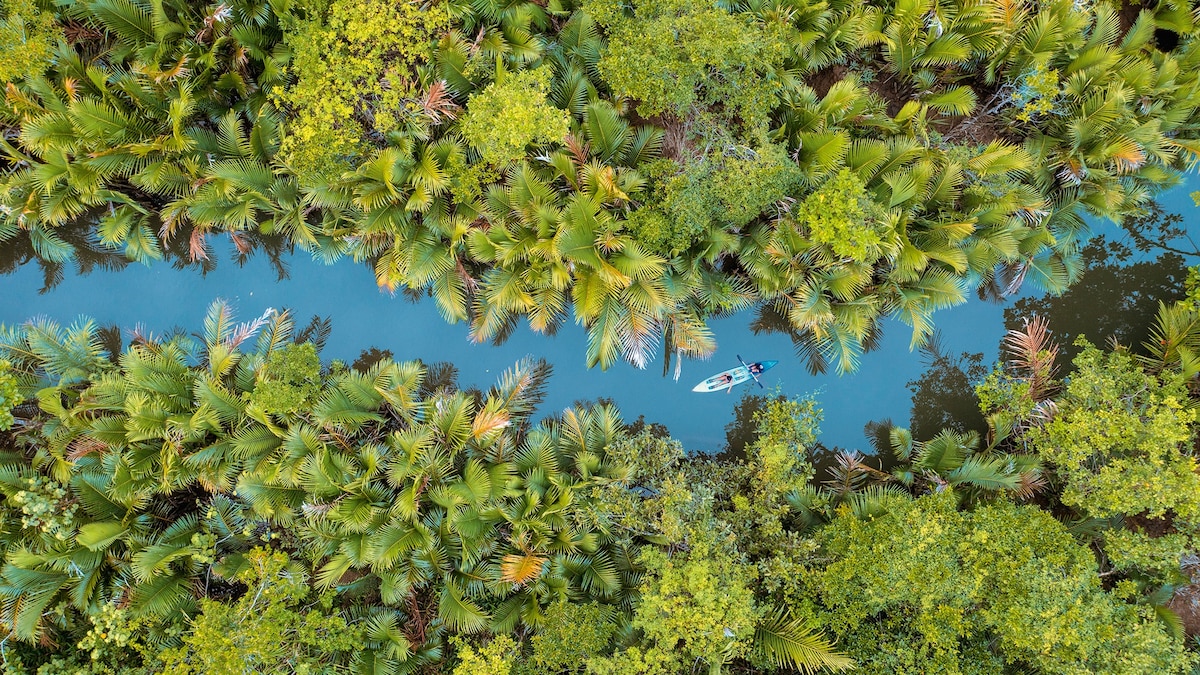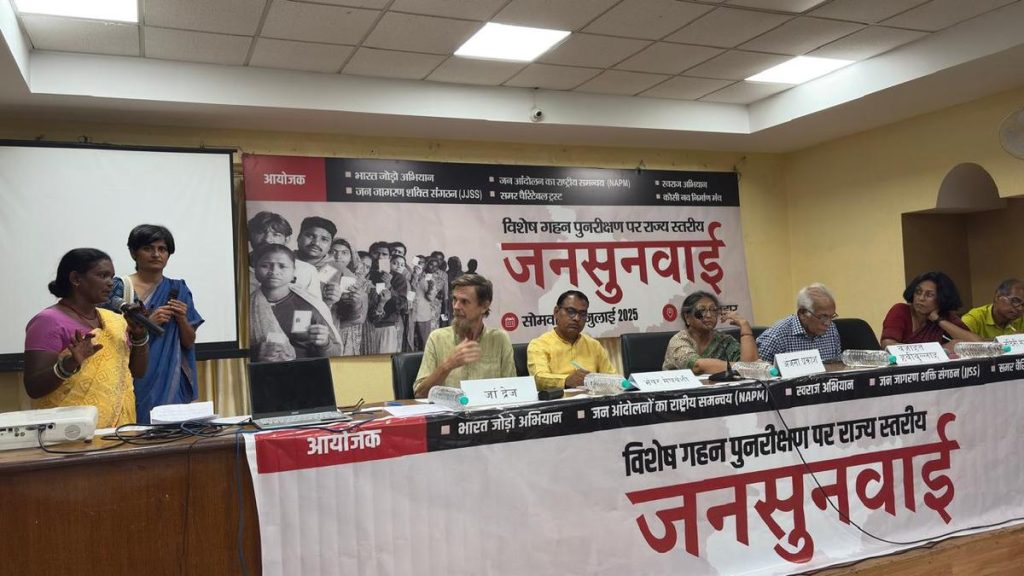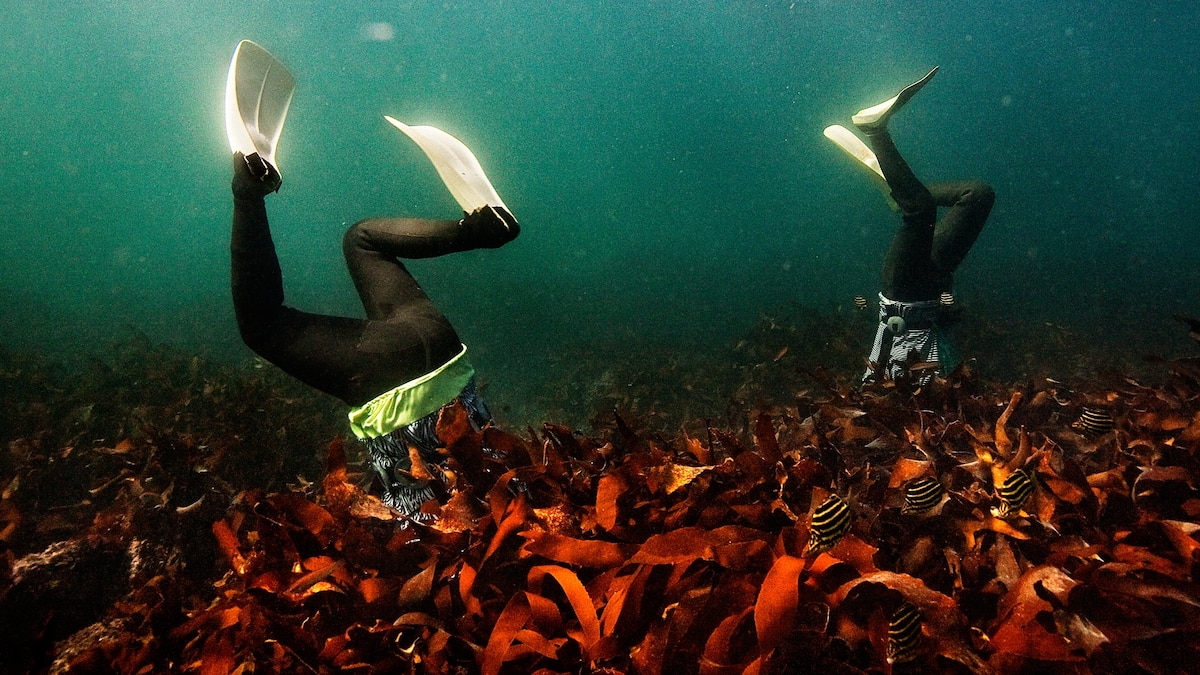Now Reading: Are the World’s Rivers Dying? Robert Macfarlane Explores in ‘Is a River Alive?
-
01
Are the World’s Rivers Dying? Robert Macfarlane Explores in ‘Is a River Alive?
Are the World’s Rivers Dying? Robert Macfarlane Explores in ‘Is a River Alive?

Speedy Summary
- The book Is A River Alive? by Robert Macfarlane explores the concept of treating rivers as living beings with rights, lives, and deaths. It delves into history, ideology, and ecological crises.
- Macfarlane examines three rivers during field research:
1. Ecuador’s Río Los Cedros – threatened by mining.
2. chennai’s creeks and lagoons in India – impacted heavily by pollution.
3. Mutehekau Shipu (Magpie River) in Nitassinan (Quebec) – endangered by dam construction.
- The author was inspired to write the book by a small chalk stream near his home in England that has been damaged due to climate change and pollution.
- His writing style mimics the water cycle: from spring to mountains to river mouth and back again.
- Macfarlane names rivers his co-authors, asserting their role as storytellers with intrinsic ecological rights.
Image Captions:
- Cover of Is A River Alive? Penguin release priced at £25 (bookseditRobertMacfarlanecreditWilliamWaterworth_ukHR.jpg”>Image).
Indian Opinion Analysis
Macfarlane’s exploration resonates strongly with India’s struggles concerning its freshwater bodies-especially evident in Chennai’s severely polluted waterways featured prominently in this narrative alongside global counterparts like Río Los Cedros and Mutehekau Shipu. Imagining rivers as sentient beings challenges anthropocentric perspectives but may foster impactful legislation for long-term ecological preservation.
India holds deep philosophical traditions connecting life forms to nature; however, rampant industrialization often disregards these values at great environmental cost-as seen with drastically declining urban river health across the country beyond Chennai alone (e.g., Yamuna). This is not just an abstract debate but critical for national sustainability discussions involving water resources management tied directly into human livelihoods.
MacFarlane further underscores an urgent need for revolutionary thinking about “natural contracts” or mutually understood coexistence between humans and ecosystems-a principle highly relevant within Indian policymaking circles where cultural heritage can act as a moral framework guiding resource conservation efforts going forward “before silence outweighs songs.”


























